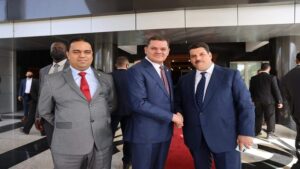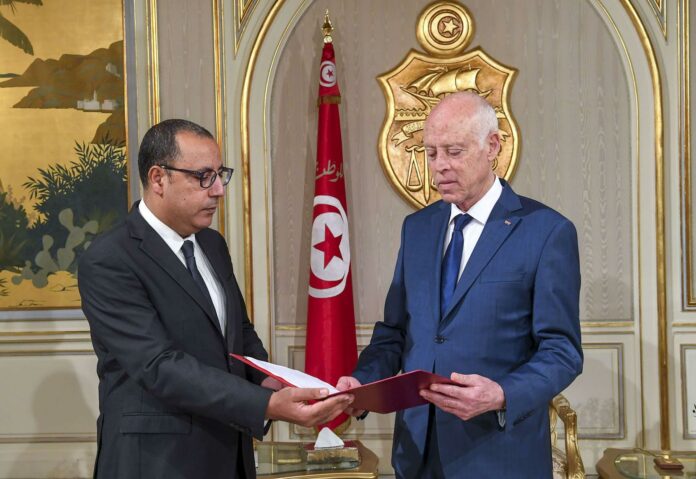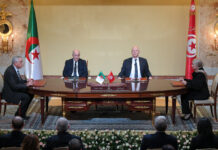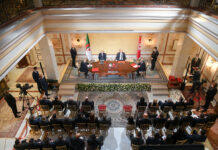May 29, 2021
The signs of melting ice between President Qaïes Saïed and Government President Hishem Al-Meshishi began to be revealed by the meeting that brought together the two parties on 26 May 2021. What was remarkable at this meeting, which came months after the “break,” is that Saïed had received Al-Meshishi as acting Minister of the Interior in an implicit recognition of the ministerial change that the latter had carried out in the past January.
This meeting is also read from the angle of the re-meeting between Al-Meshishi and President Saïed, who had proposed the latter to take over the management of the Kasbah before the two sides entered into a cycle of disagreements and conflicting statements.
This step forward in the relationship of the President of the Republic with the head of the government was a demand of all those involved in the political process in Tunisia, especially in light of a difficult economic and financial circumstance worsened by the epidemic, and this meeting was translated through state visits by the two men to Qatar and Libya in particular, with the aim of obtaining as much as possible of loans and grants to fill the state budget gaps and deal with the health crisis.
These Marathon moves were not merely a coincidence, as they were supported and backed by the Tunisian General Labor Union, whose Secretary General, Noureddine Taboubi, accompanied Hishem Al-Meshishi to Libya along with the cadres of the Tunisian Union of Industry, Trade and Handicrafts (UTICA).

Behind the scenes of these moves stands a Tunisian figure who, at the height of the conflict between the arms of power in Tunisia, succeeded in preserving its distinguished relations with the two heads of the executive power. He is the minister to the head of government in charge of relations with the Assembly of the Representatives of the People, Ali Al-Hafsi.
In light of all the conflicts that Tunisia has known, Ali Al-Hafsi was able to maintain strong internal and external relations which he employed in the service of the country.
Thanks to his personal relationships, as well, with decision-makers in almost all Gulf countries, especially Saudi Arabia, the Emirates and Qatar, in addition to Egypt and Europe, and his standing at the same distance from all parties in Libya, he succeeded in coordinating and preparing for the visits that President Saïed made to both Qatar and Libya, which were translated on the ground through signing several agreements of an economic nature.
Al-Hafsi also stands behind the gathering of all the social parties that are balanced with Al-Meshishi during his visit to Libya so that Tunisia gets its share of the reconstruction of Libya, and after weeks, comes a second three-day visit by the head of Government to Doha, which he described as “an important opportunity to further strengthen cooperation relations between the two countries in all areas, particularly in the economic sphere.”











